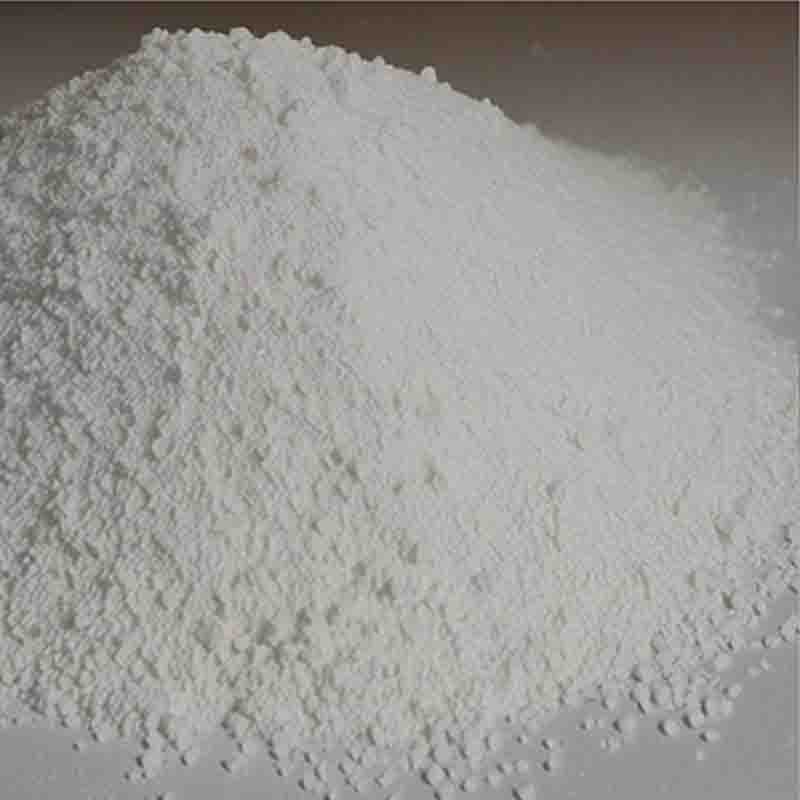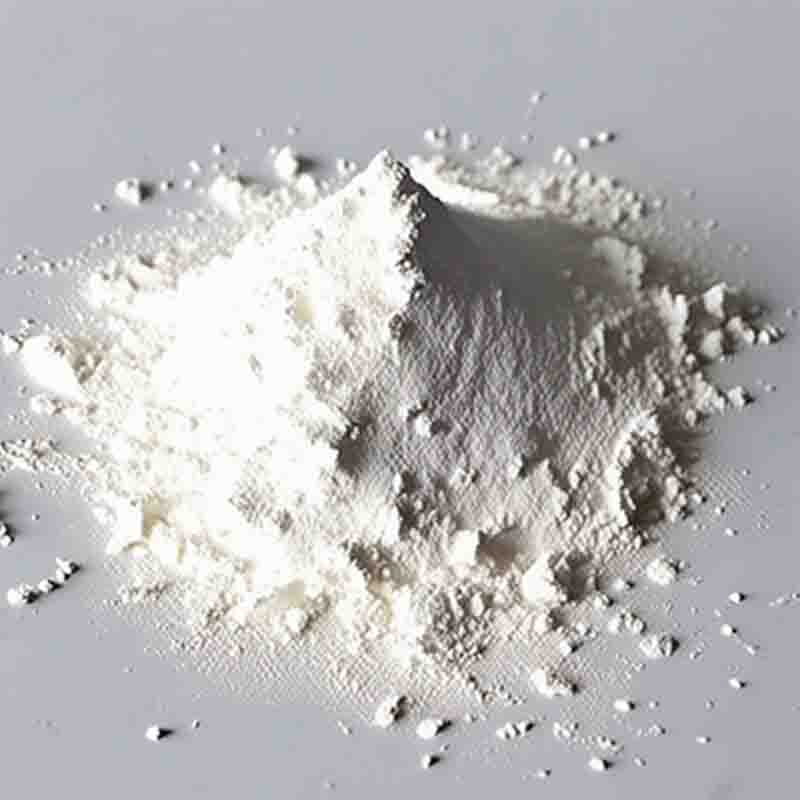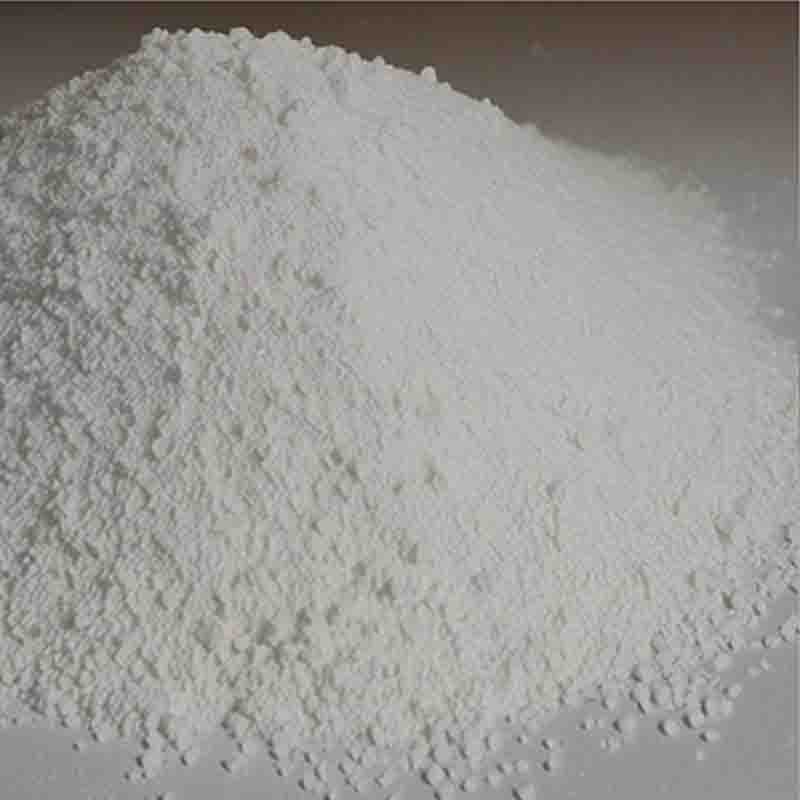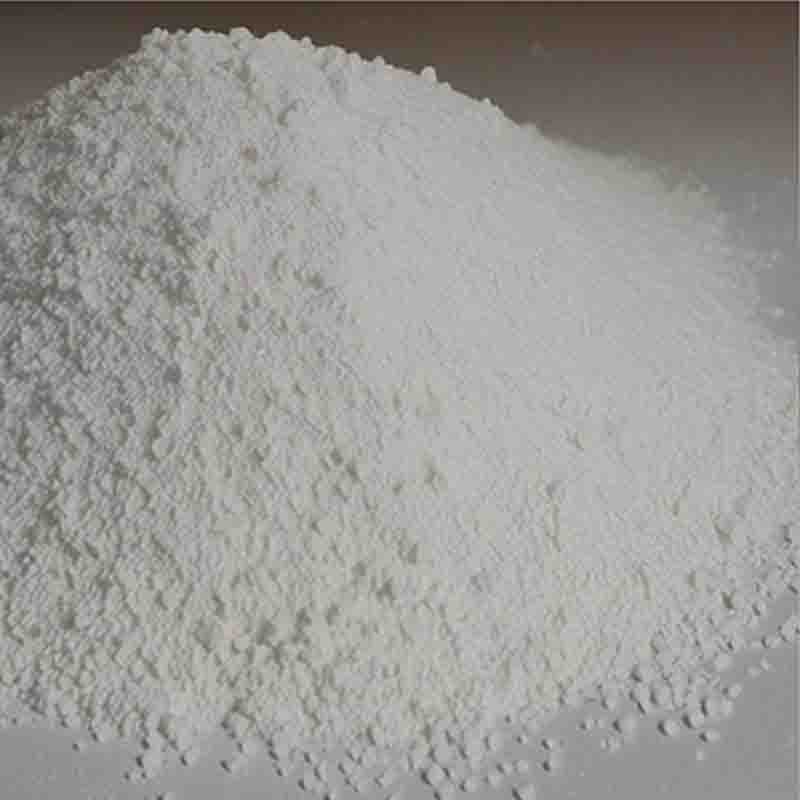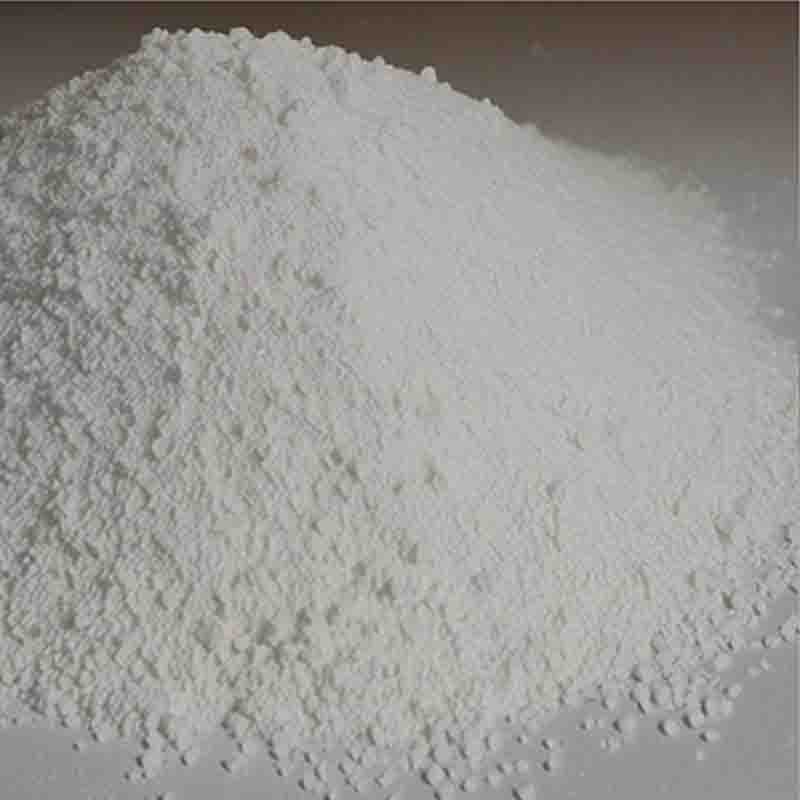2-Methylindolin-1-amine CAS: 31529-46-1
| Catalog Number | XD94928 |
| Product Name | 2-Methylindolin-1-amine |
| CAS | 31529-46-1 |
| Molecular Formula | C9H12N2 |
| Molecular Weight | 148.21 |
| Storage Details | Ambient |
Product Specification
| Appearance | White powder |
| Assay | 99% min |
2-Methylindolin-1-amine is a chemical compound with various applications in different industries.
One of the primary uses of 2-Methylindolin-1-amine is in the field of pharmaceuticals. It can be used as a building block or a starting material in the synthesis of drugs with potential therapeutic activity. The compound's unique structure and functional groups allow for the formation of specific bonds or functional groups, enabling the creation of new compounds with desired properties. This compound is commonly used in the development of drugs for various therapeutic purposes, including cardiovascular, neurological, and antineoplastic agents.
Furthermore, 2-Methylindolin-1-amine finds application in the field of materials science. It can be used as a building block or a monomer in the synthesis of polymers with specific properties. The compound's unique structure and functional groups can contribute to the polymer's thermal stability, mechanical strength, or optical properties. This compound is commonly used in the production of specialty polymers, coatings, and adhesives.
Moreover, 2-Methylindolin-1-amine has applications in the field of research and development. Its unique chemical structure and reactivity make it a valuable tool for exploring new chemical reactions and developing innovative compounds. This compound can be used as a starting material in the synthesis of new molecules with potential applications in various fields, including pharmaceuticals and materials science.
In addition, 2-Methylindolin-1-amine can be utilized in the field of analytical chemistry. It can be used as a reference standard or a calibration standard in analytical methods. The compound's known properties and stability make it a valuable tool for the accurate quantification or identification of other compounds in various samples.
Furthermore, 2-Methylindolin-1-amine has been studied for its potential applications in the field of organic electronics. It can be used as a building block or a dopant in the synthesis of organic semiconductors with potential applications in electronic devices. The compound's unique structure and functional groups can contribute to the semiconductor's electronic and optical properties. This compound is commonly used in the production of organic light-emitting diodes, organic photovoltaics, and organic field-effect transistors.
In conclusion, 2-Methylindolin-1-amine has versatile applications in pharmaceuticals, materials science, research and development, analytical chemistry, and organic electronics. Its role as a building block, starting material, or reference standard makes it a valuable compound in various industries and research fields.




